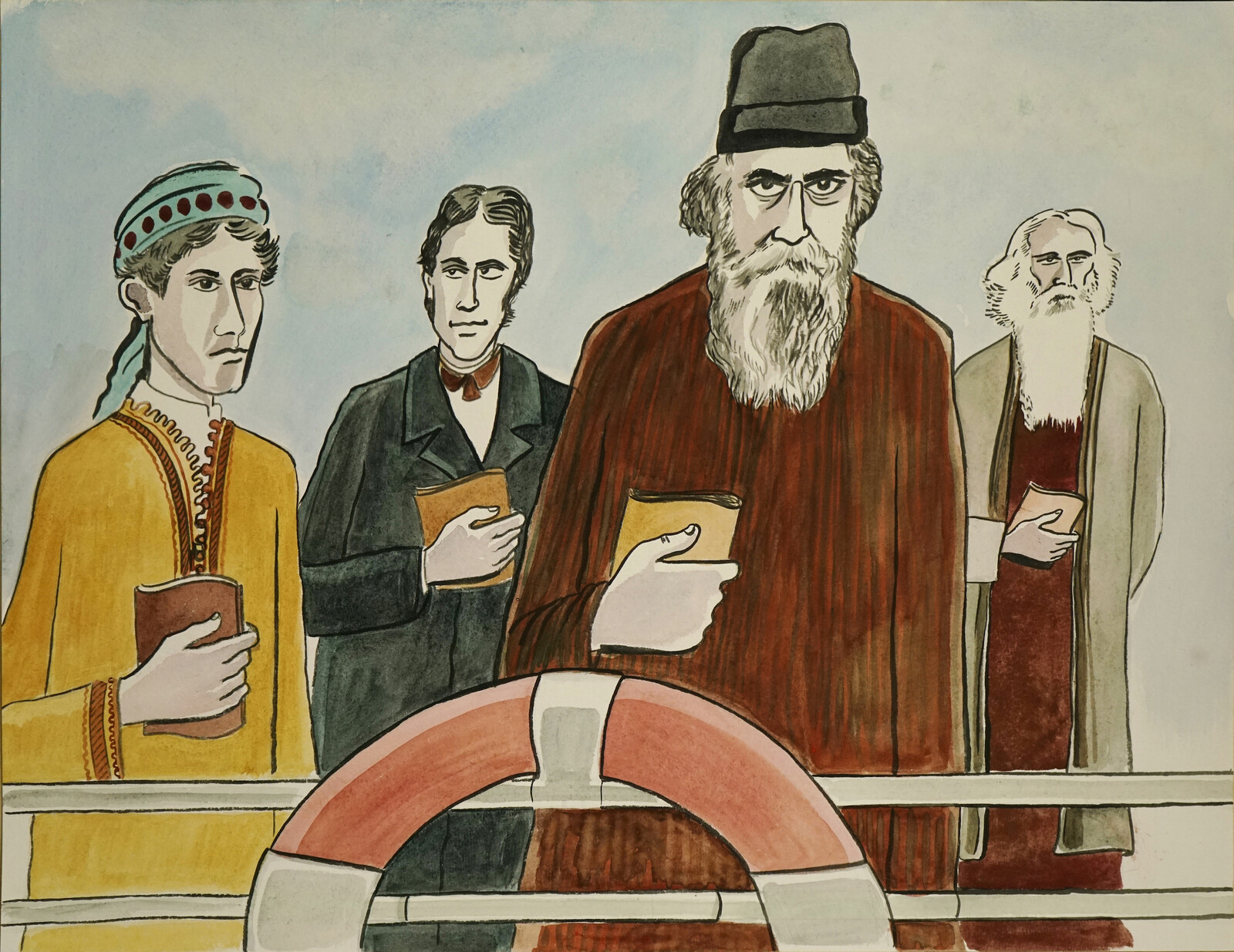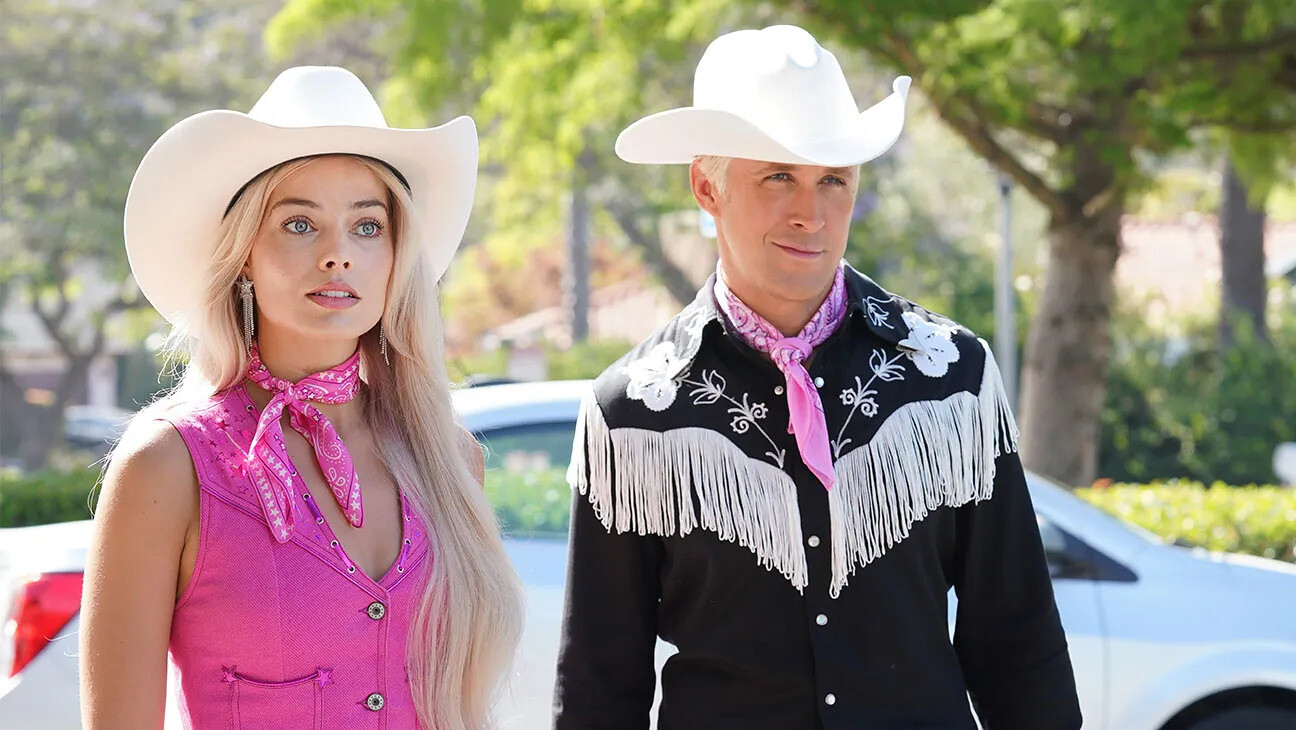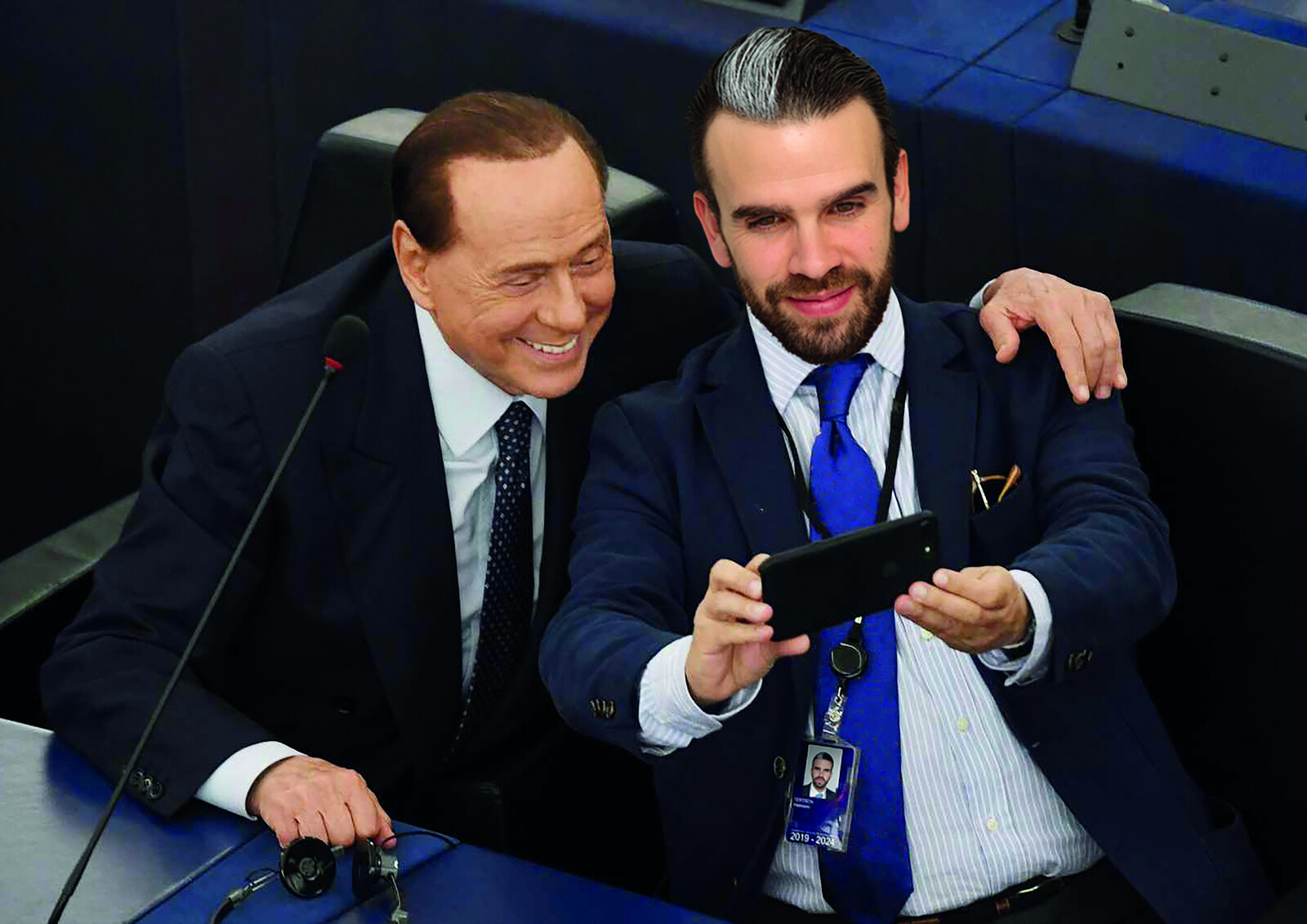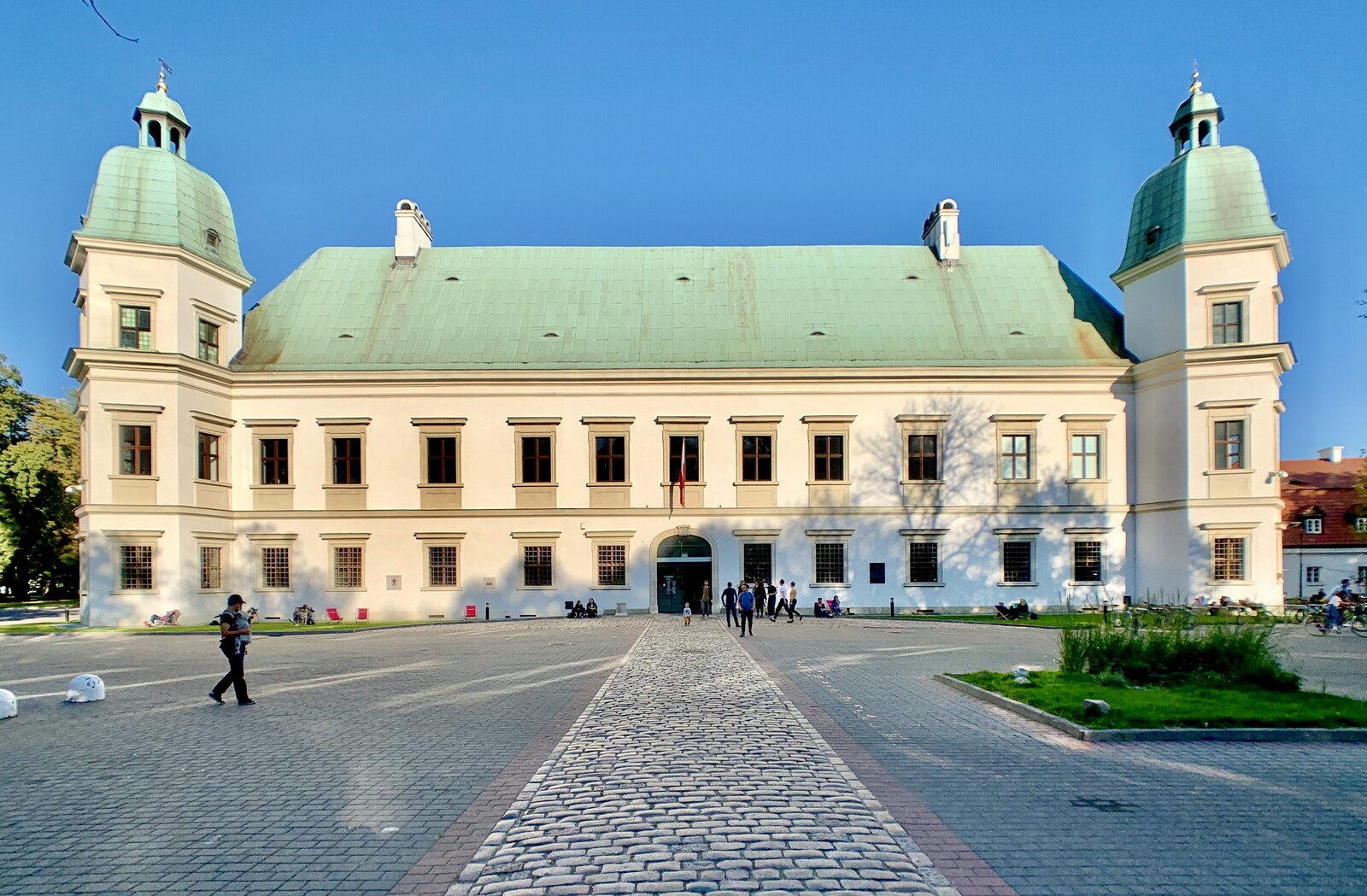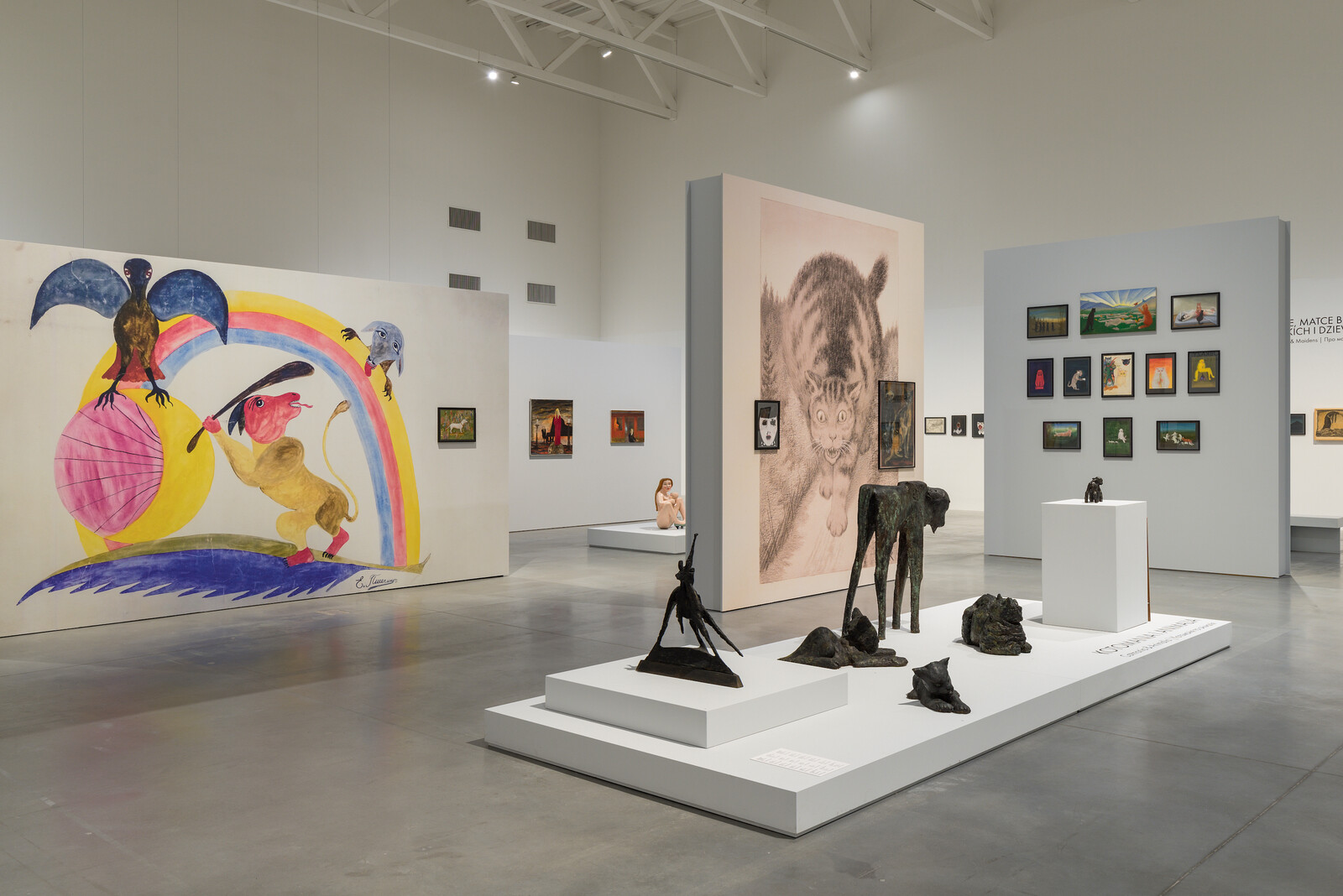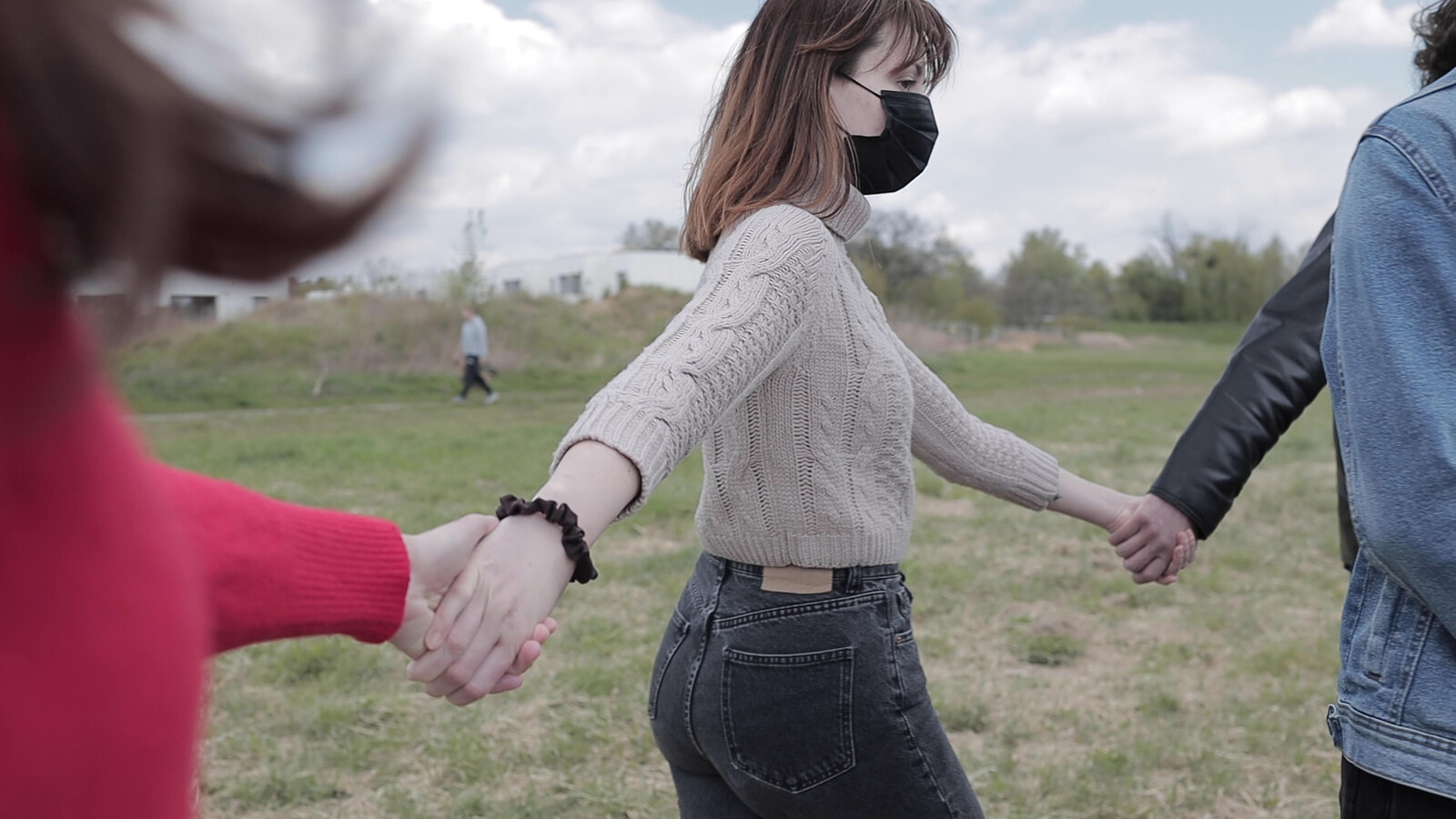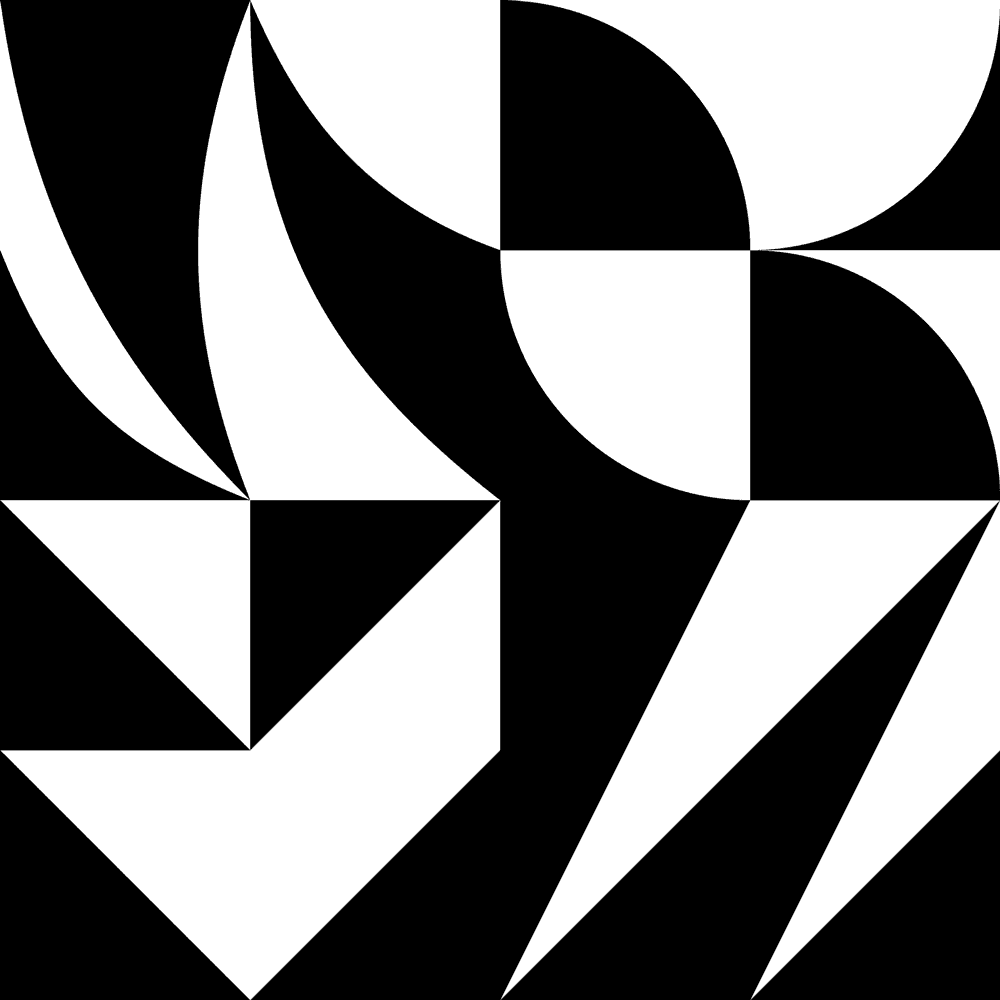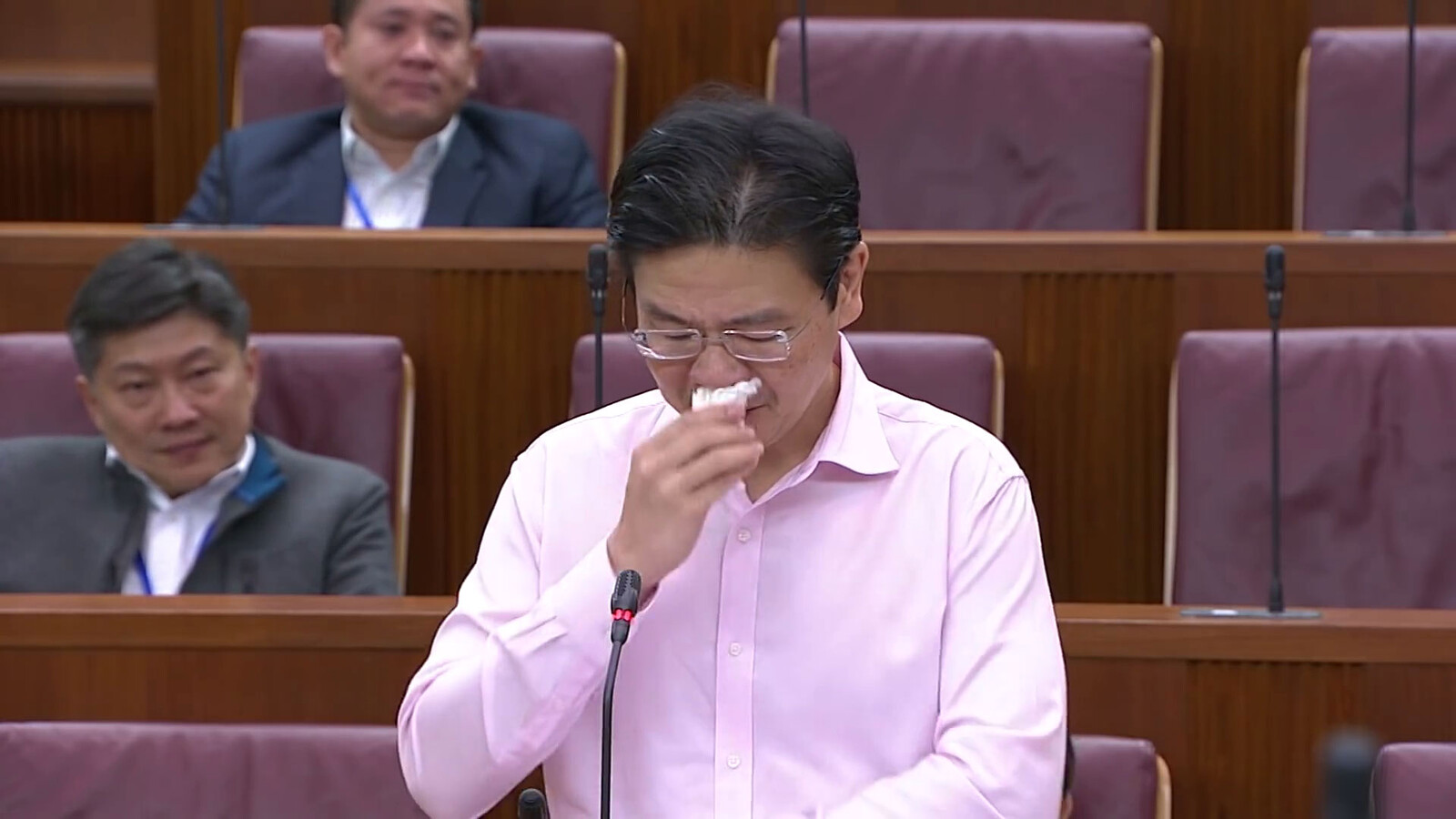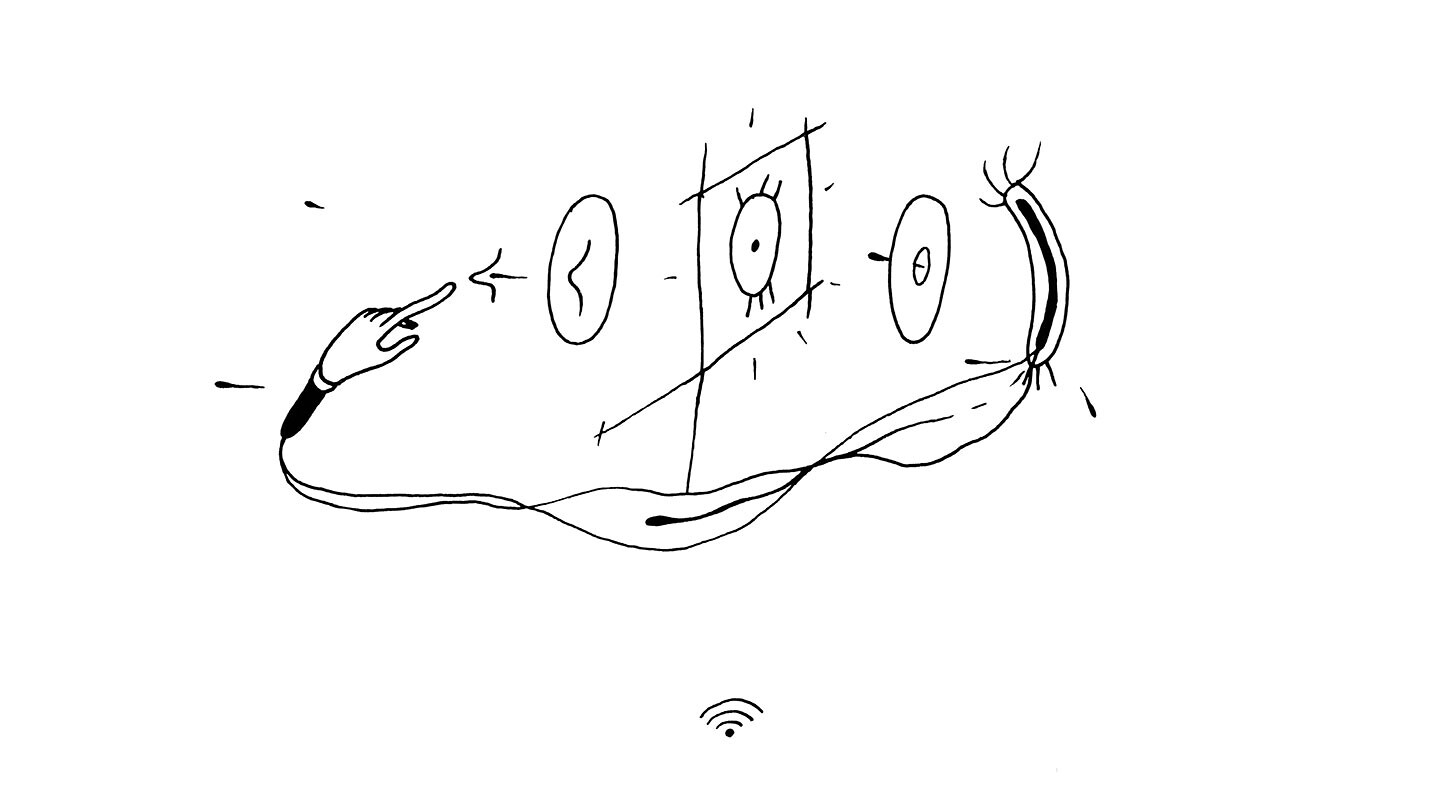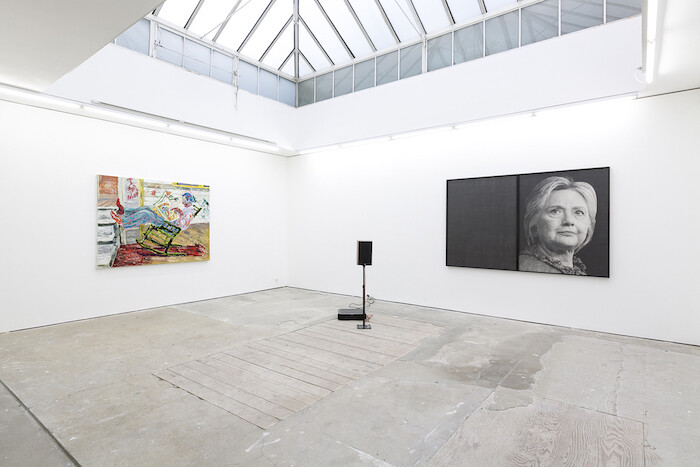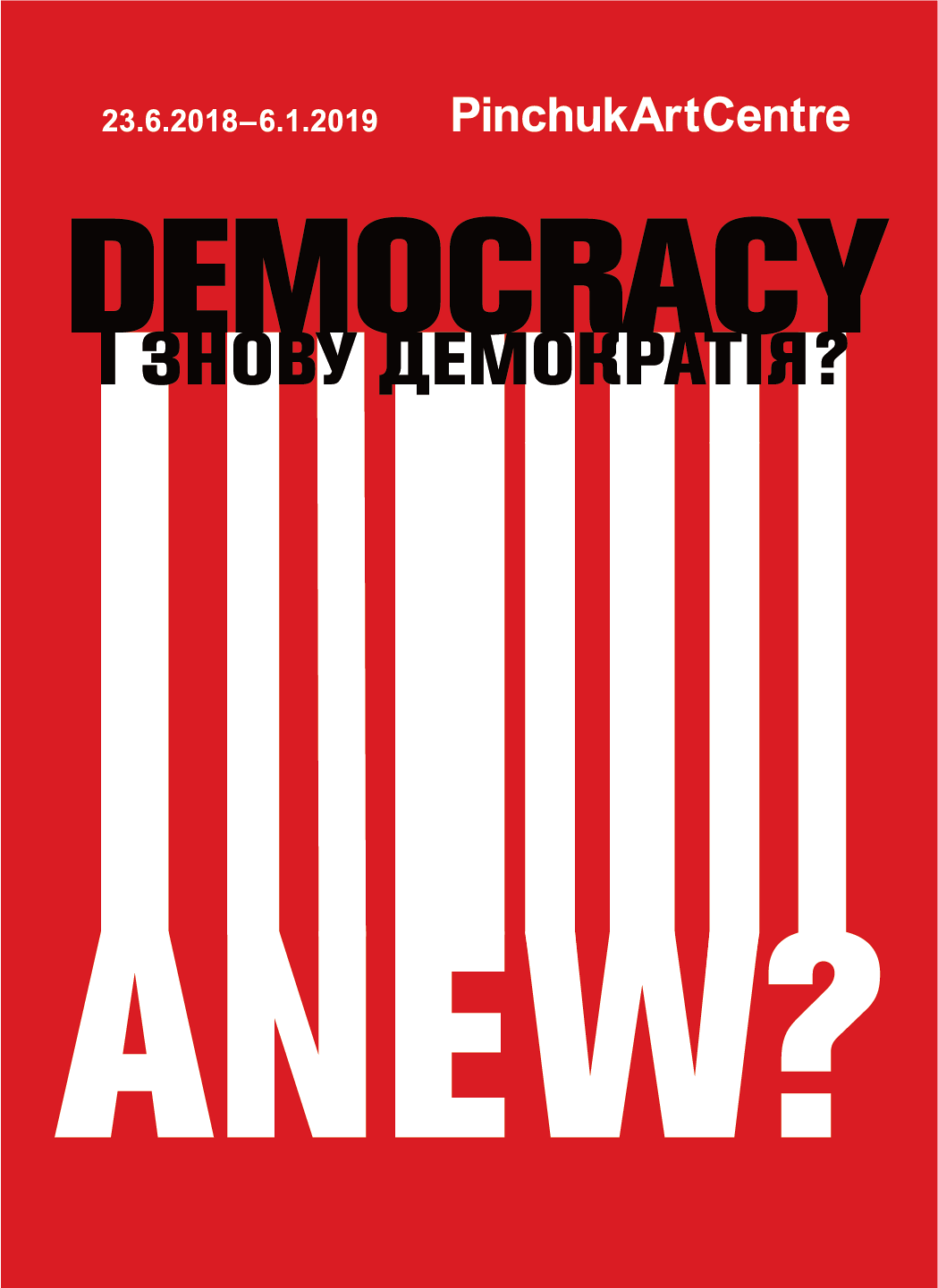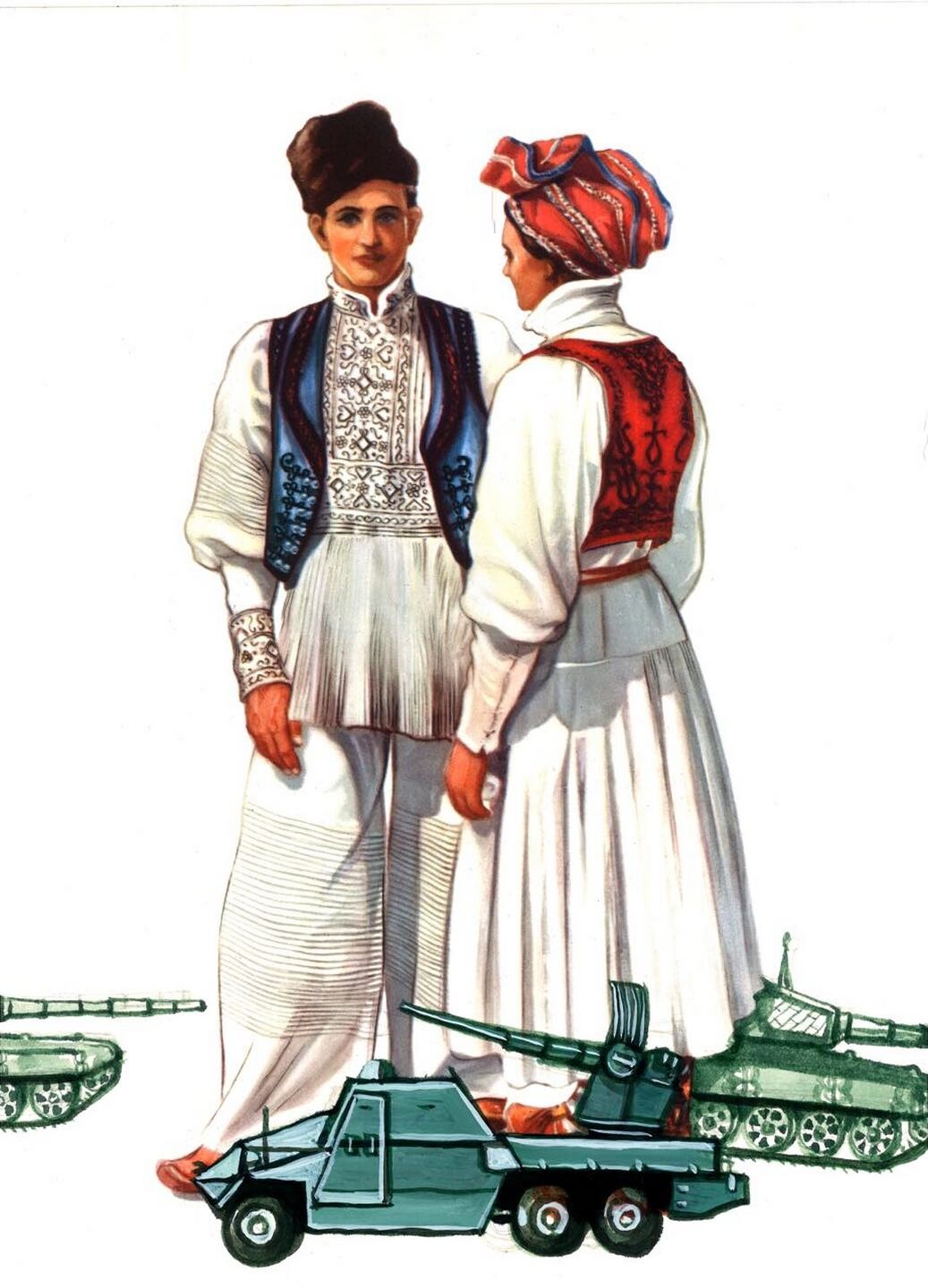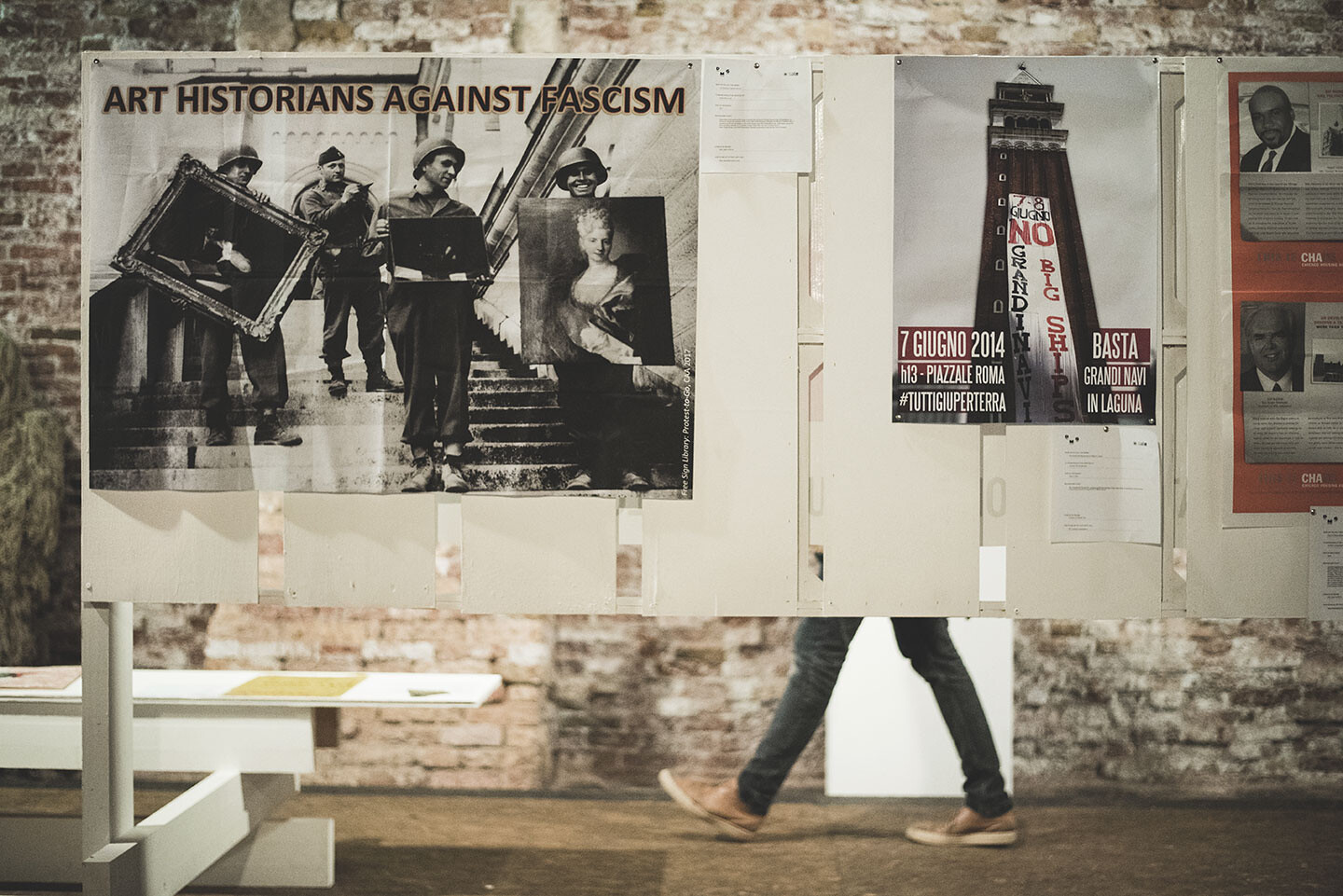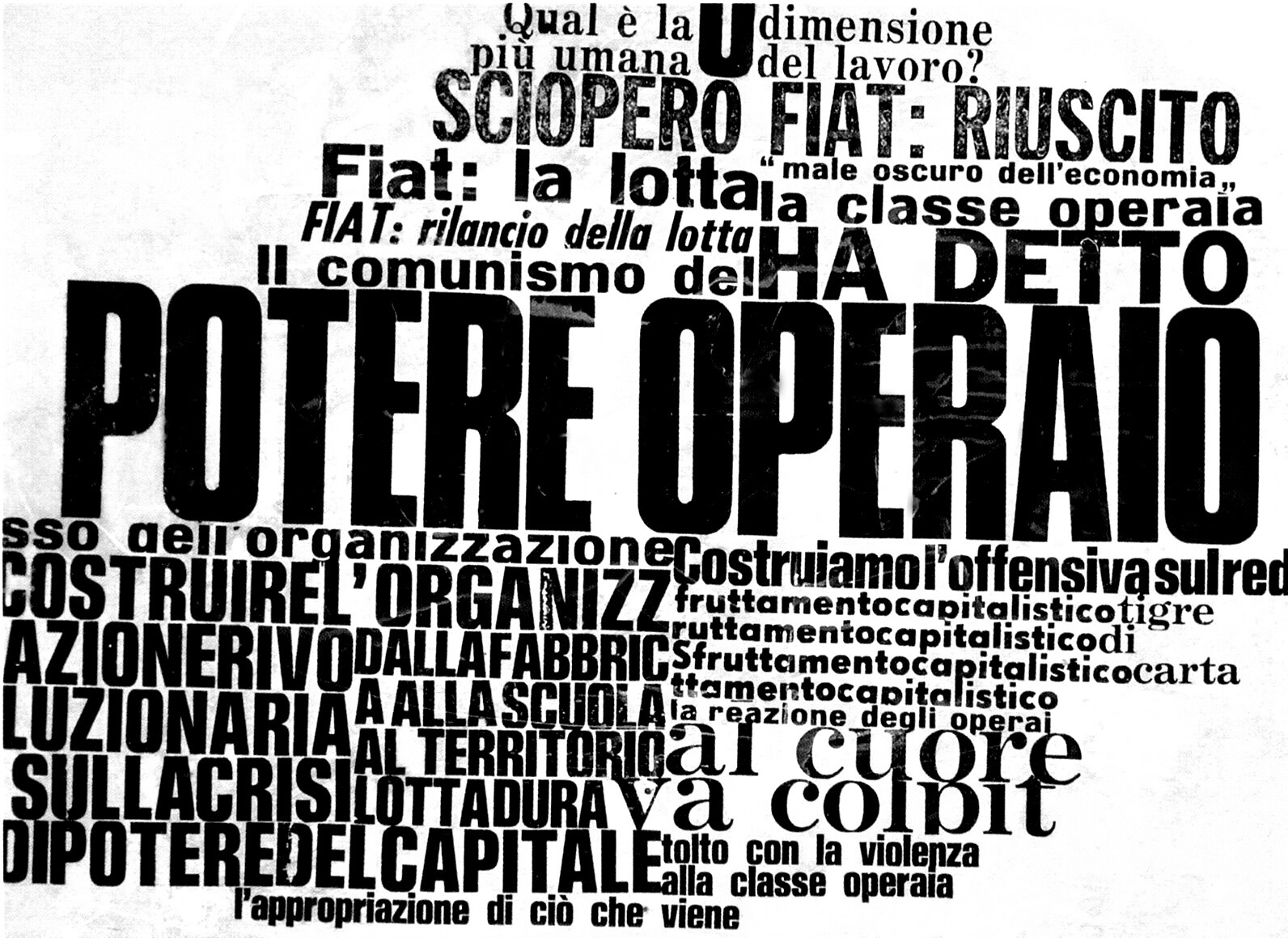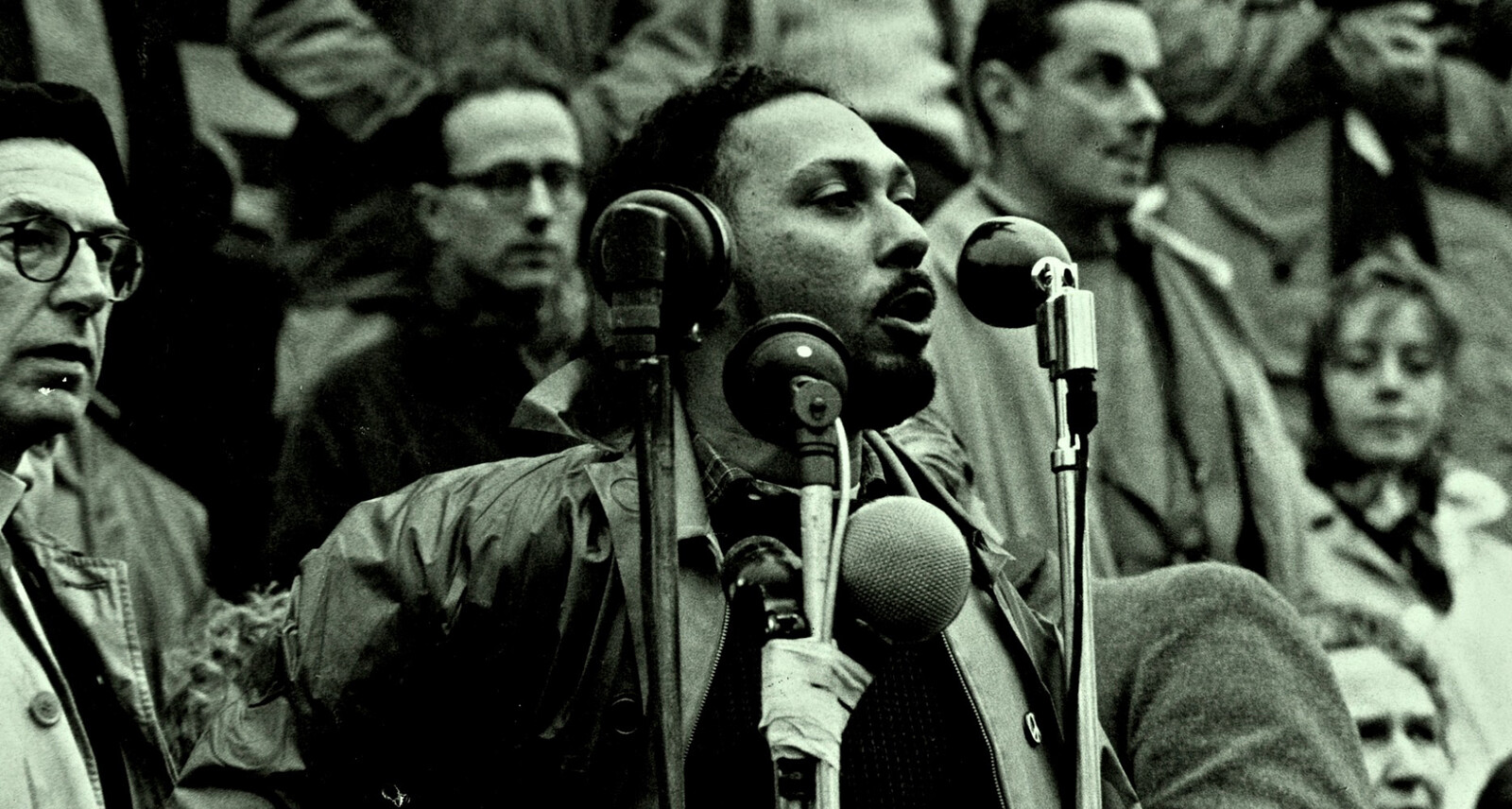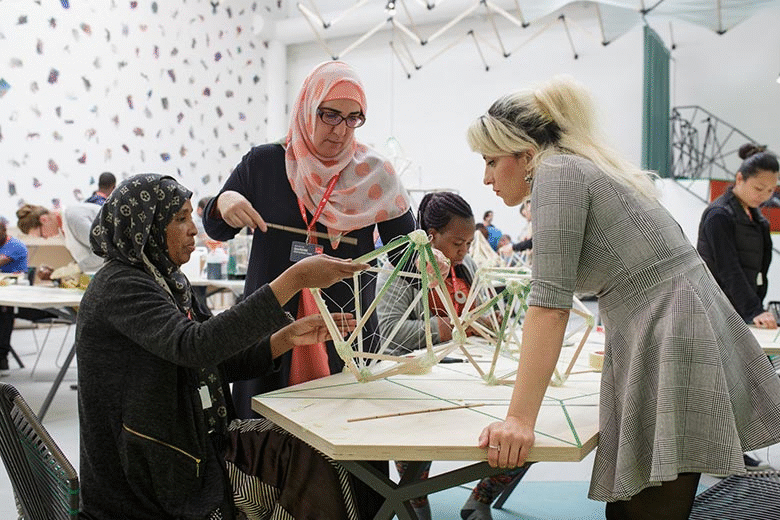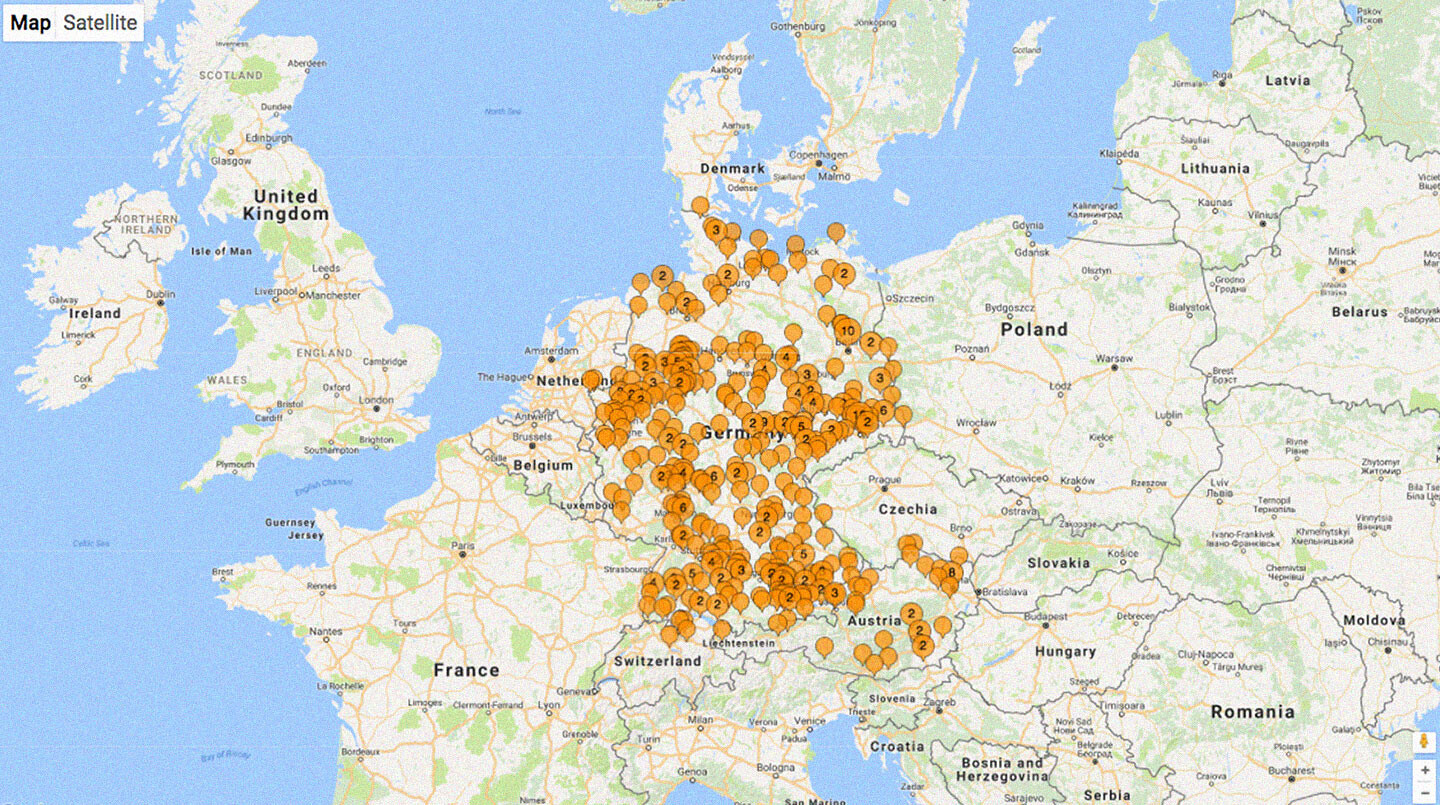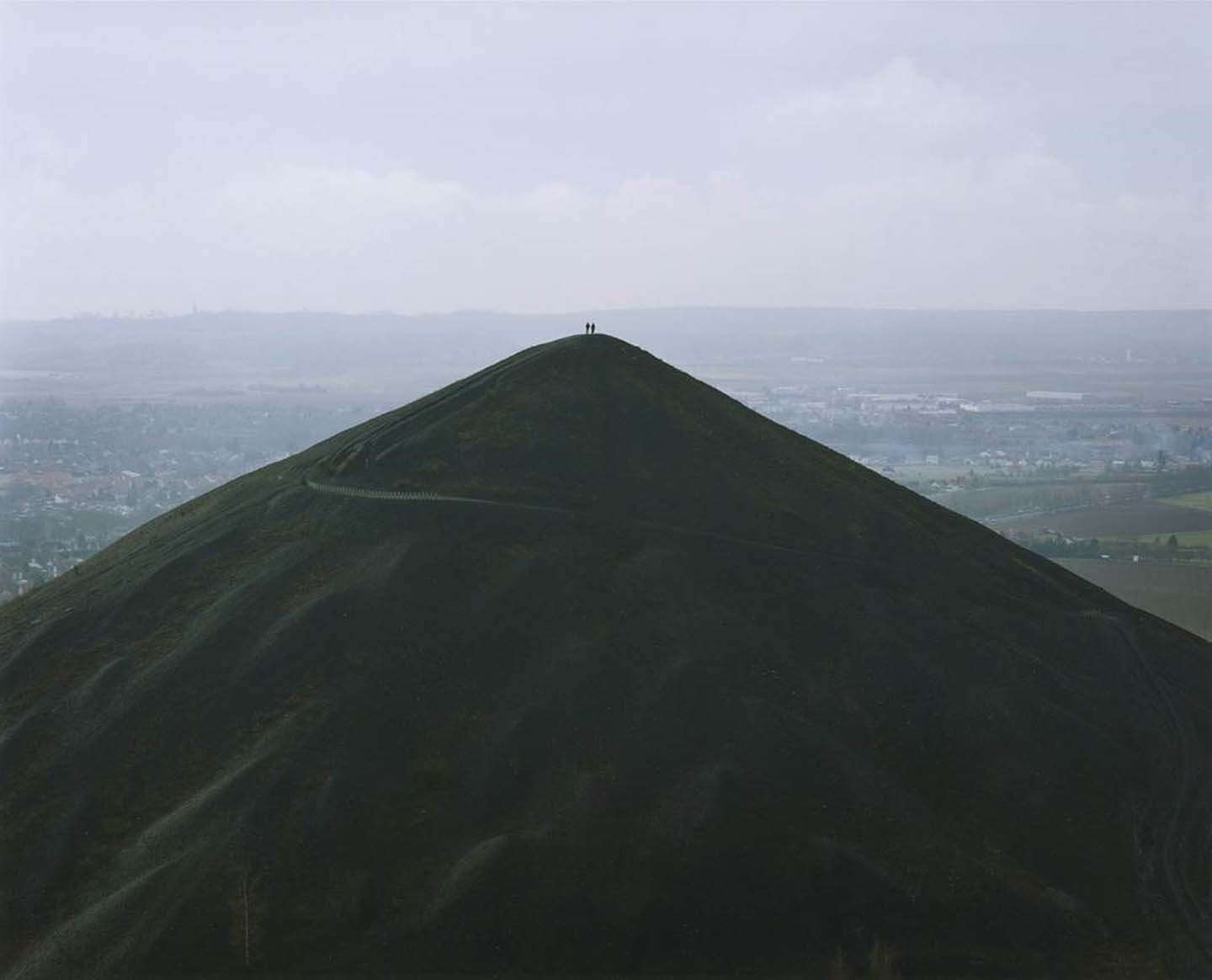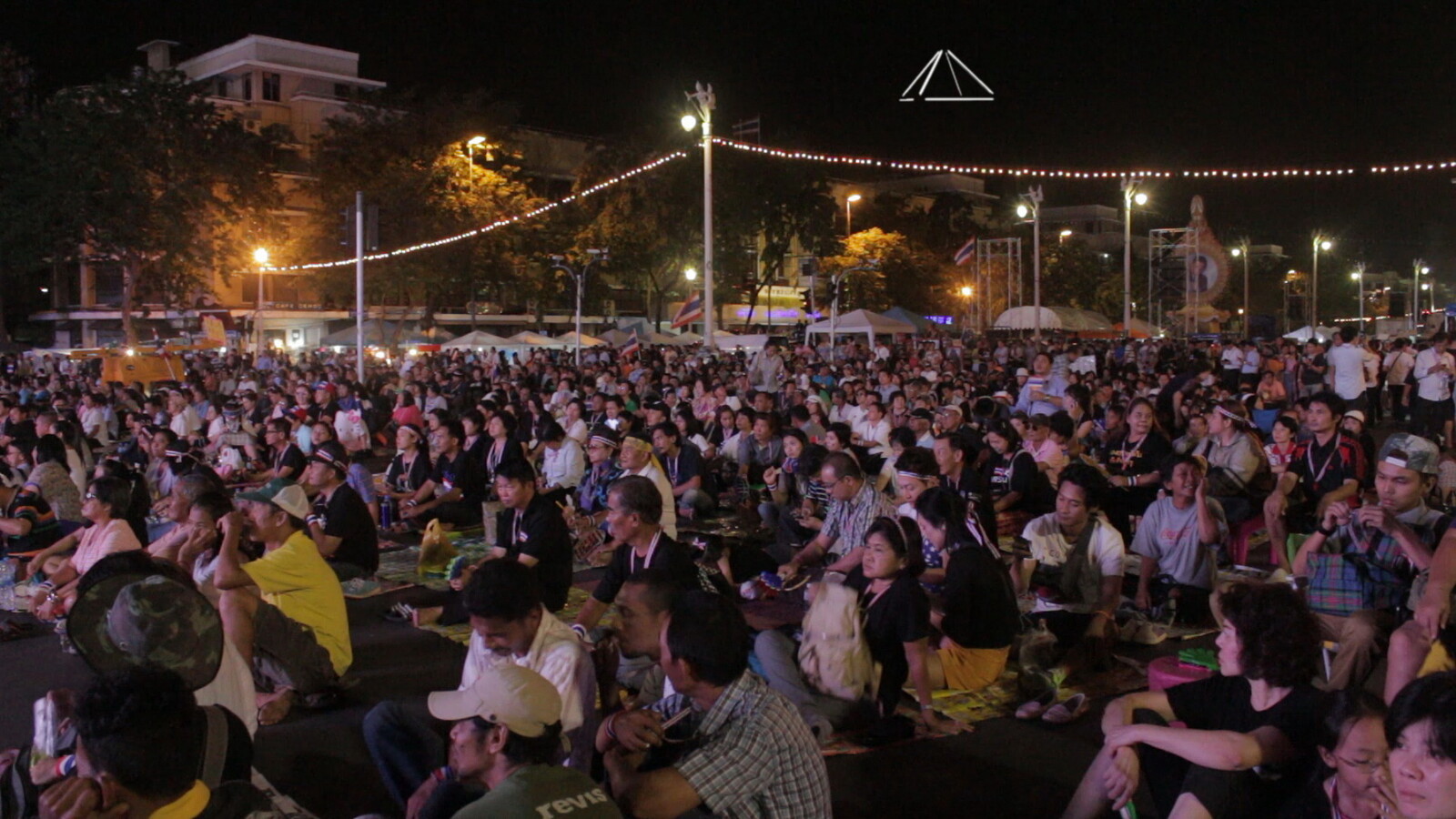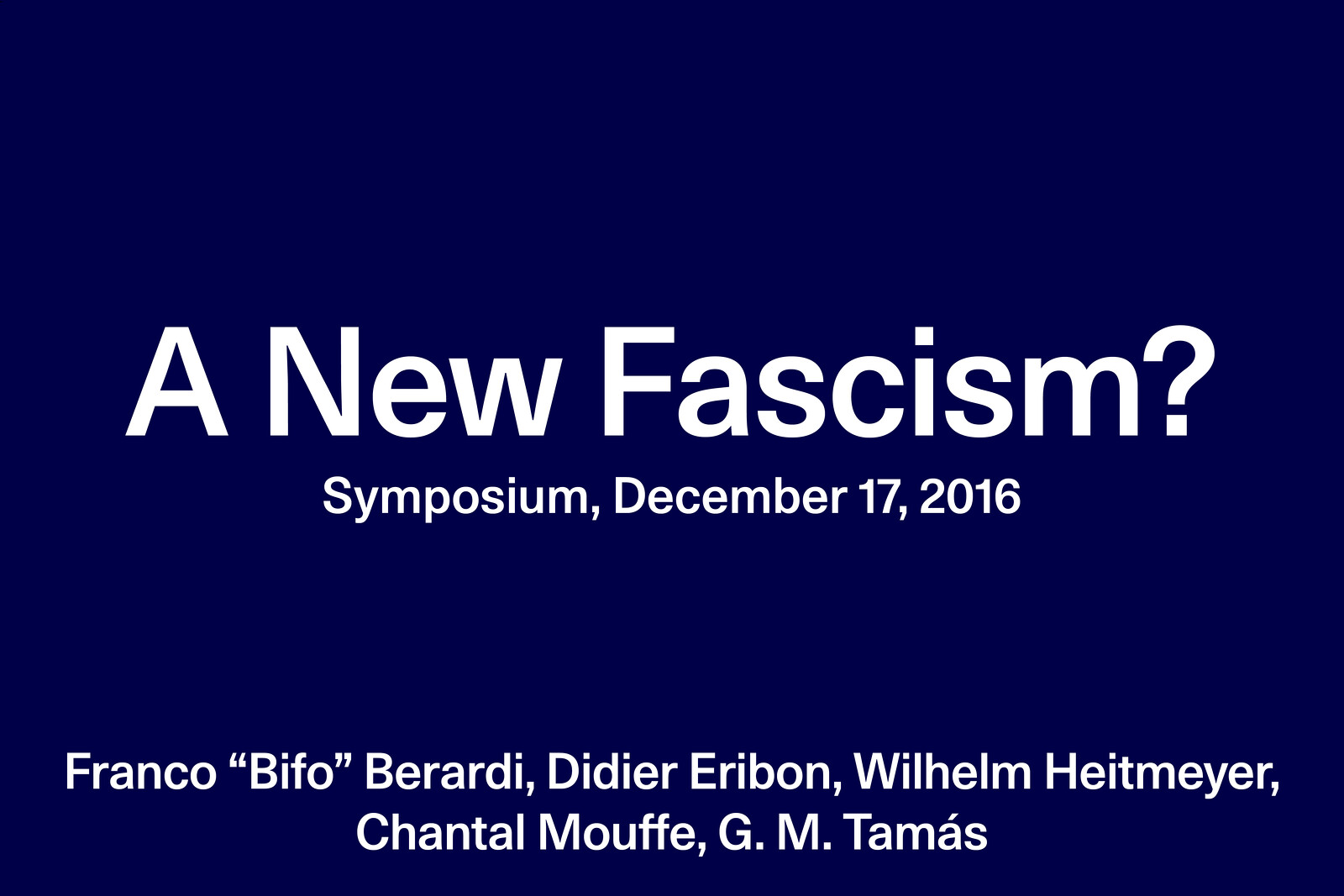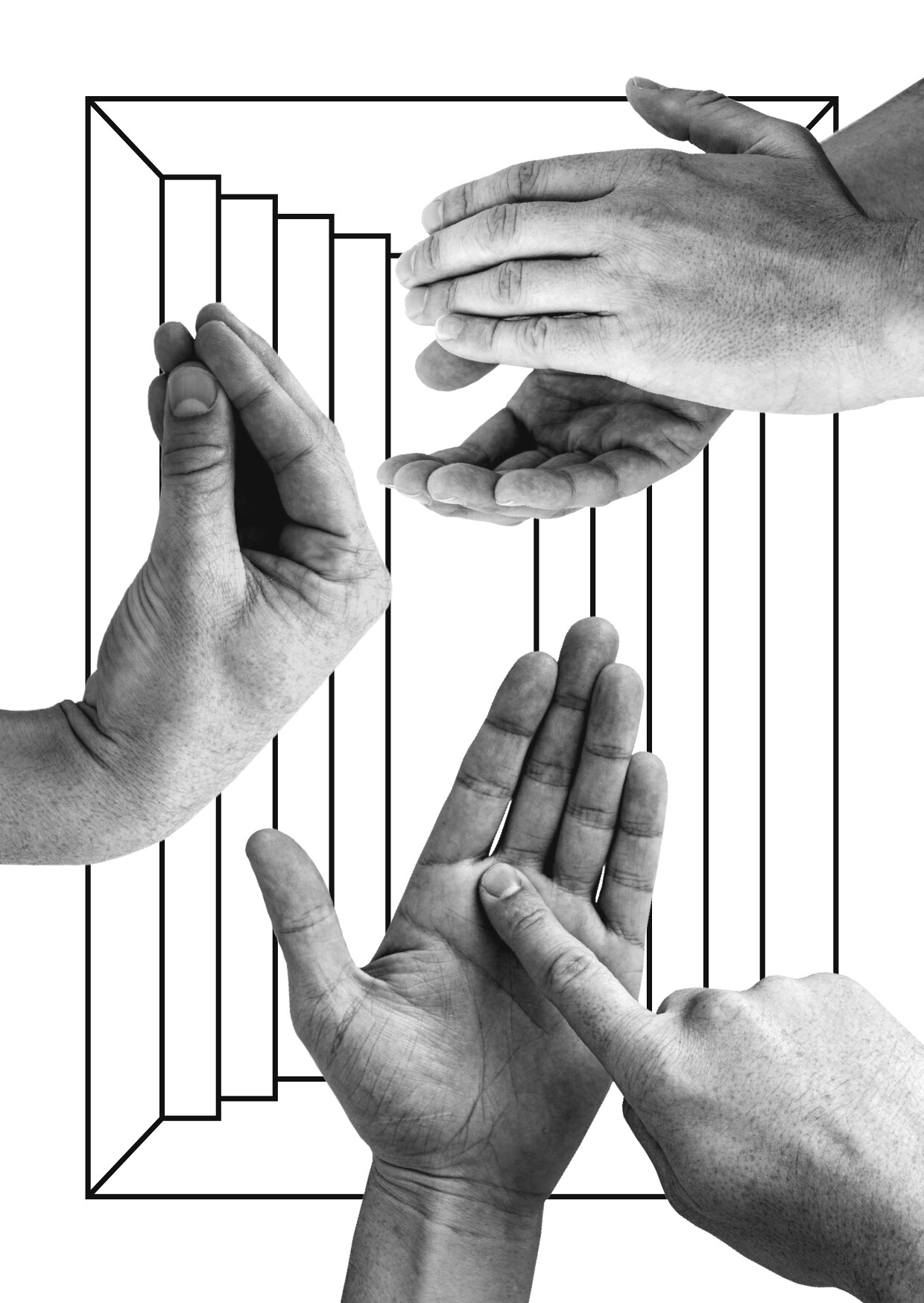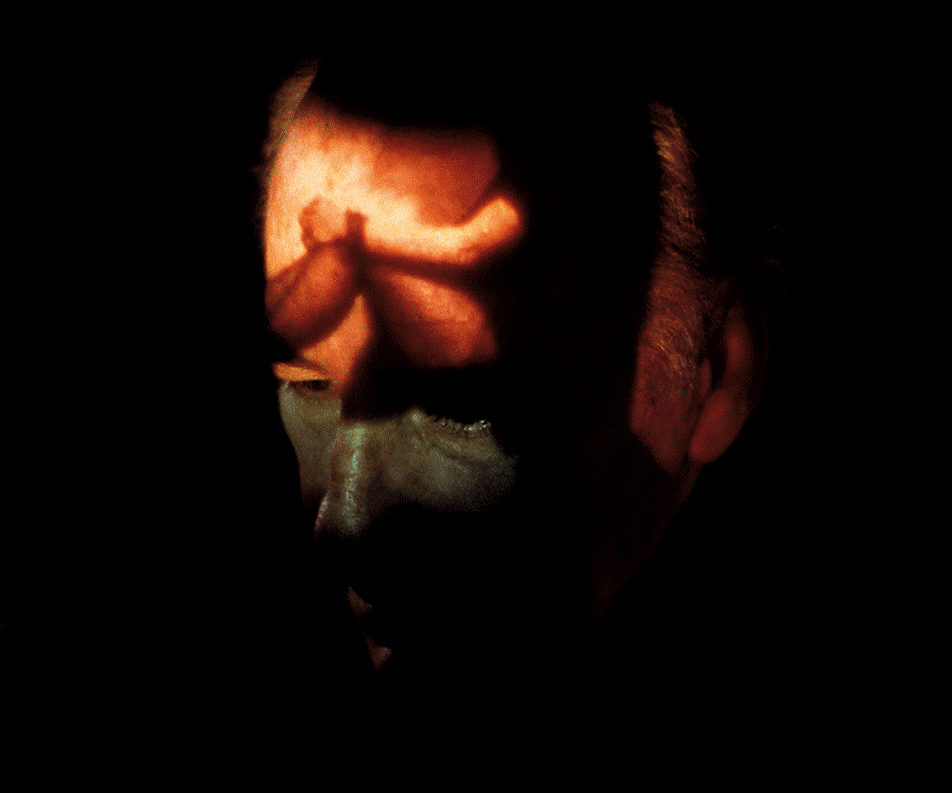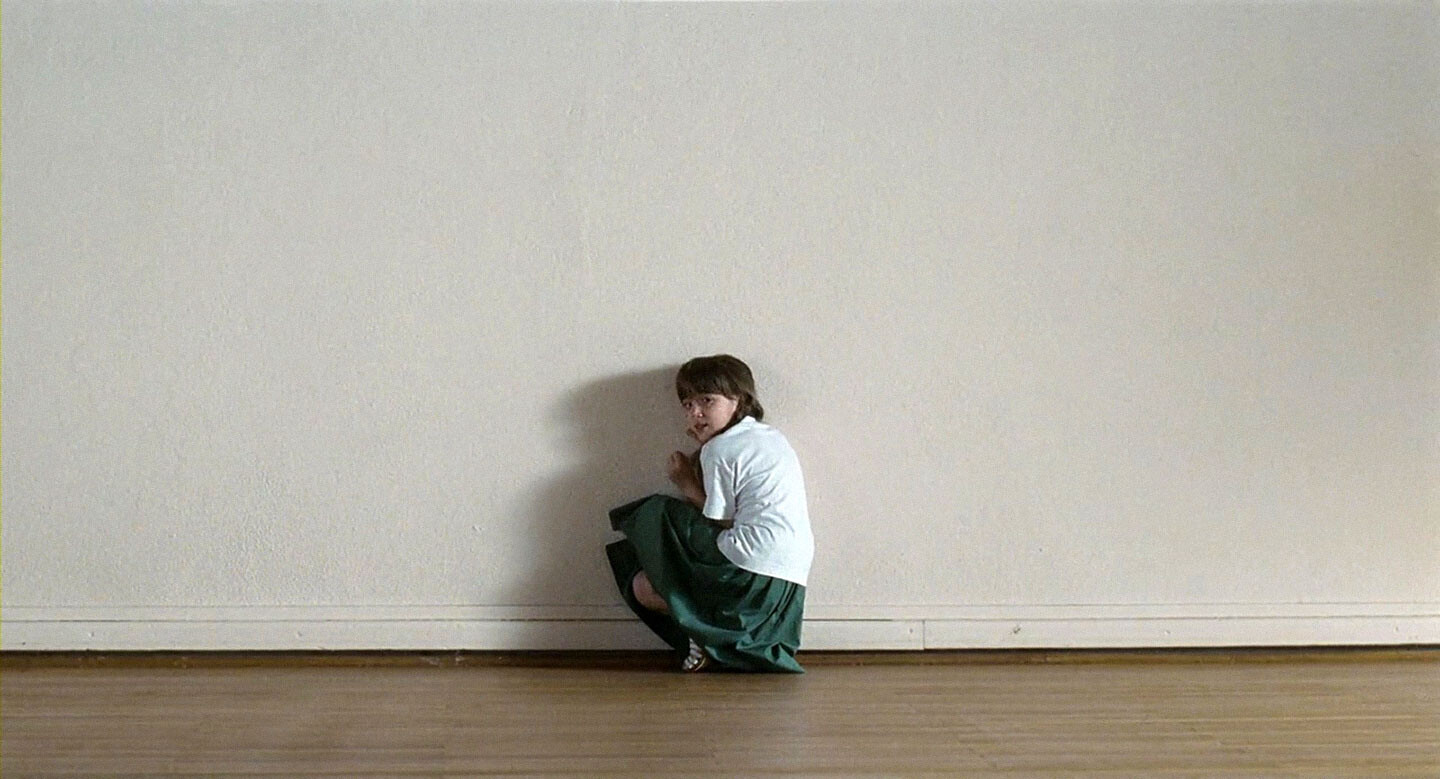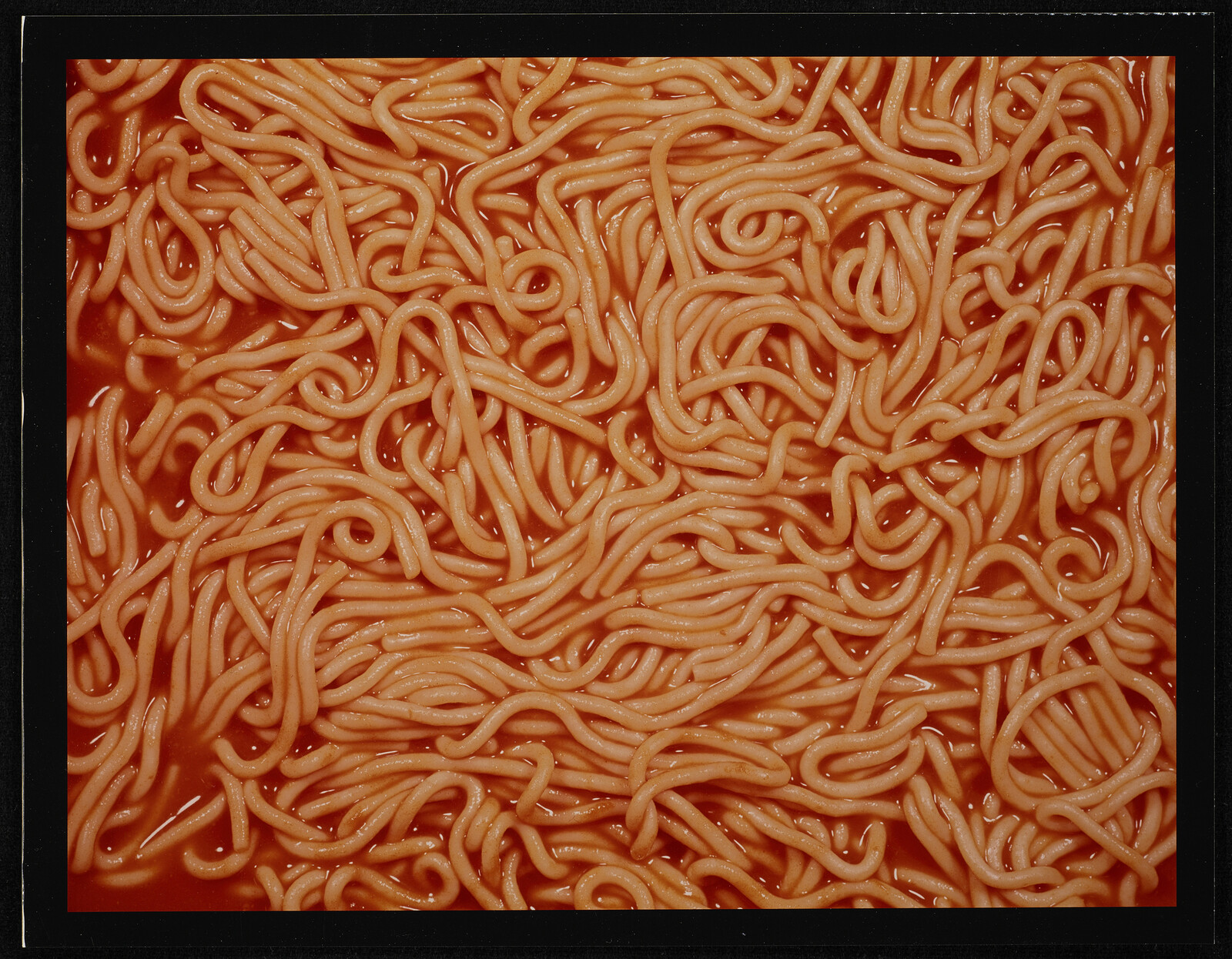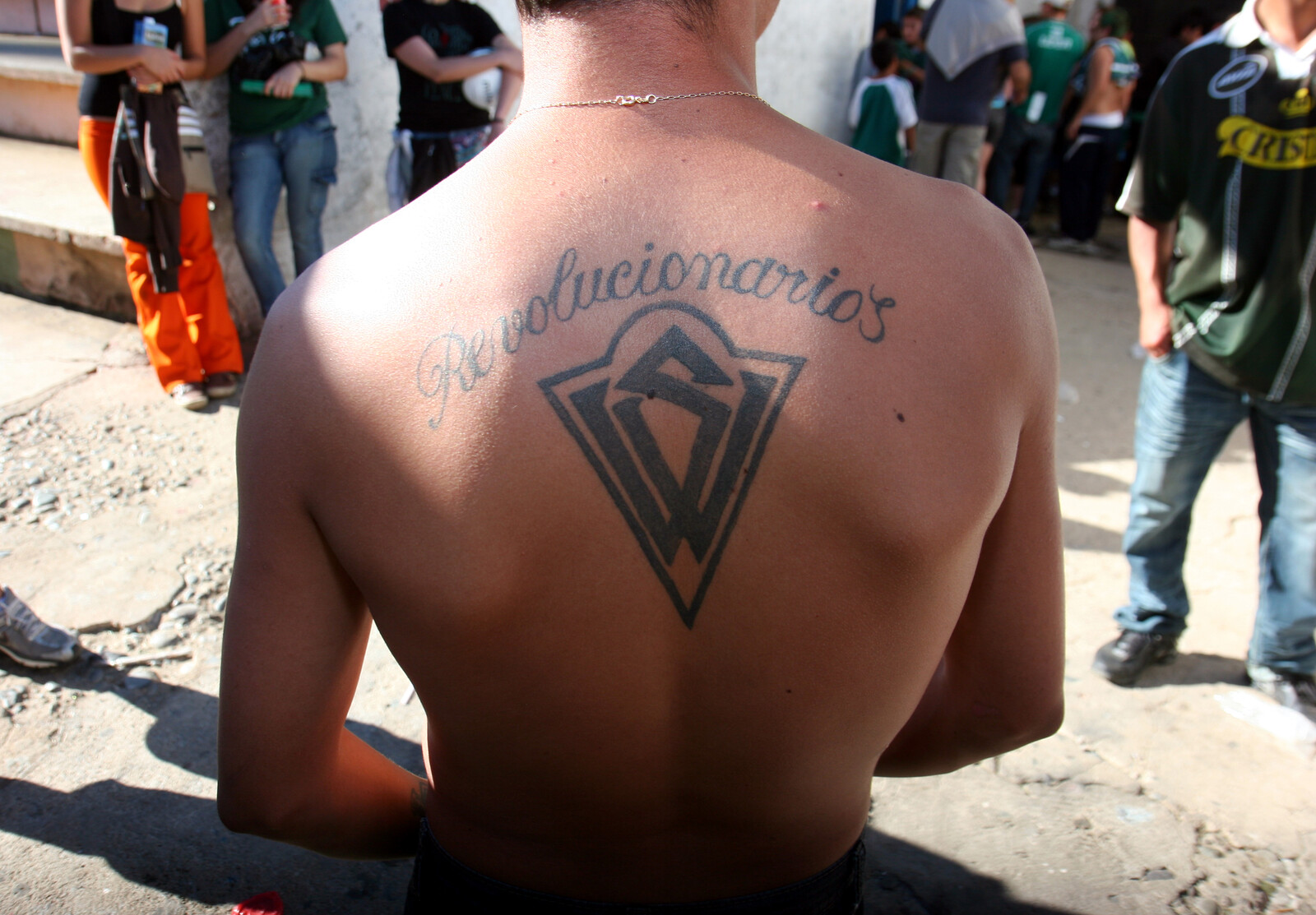The fantasy of the magical lockdown shares the same premise as herd immunity in that they both turn the task of resolving the crisis over to the laws of nature within a given set of spatial parameters. Hunkering down or heading out, let the virus solve itself! In reducing the role of the state to deciding whether or not to lock down, these fantasies further mirror an ontology of the free market wherein the apparent recession of the state serves as a premise for assuming that rules actively shaped by a whole array of government interventions occur naturally. Perhaps, then, it’s better to trust the men in their little rooms.
Along with being an index of democracy, art is also a lucrative niche for the global entertainment business. Art has thus become a form of consumable merchandise, destined to be used up. In this situation (diagnosed by Arendt and others in the 1960s), artists have either embraced this quality of art as merchandise (Jeff Koons, Damien Hirst), or rejected it in the name of politicization and criticality (Hans Haacke, Andrea Fraser, Hito Steyerl). With globalization, critical artists have been summoned to become useful by surrendering art’s (always partial) autonomy and taking up the task of restoring what has been broken by the system. So they denounce globalization’s collateral damage and contemporary art’s woeful conditions of production. They imagine a more just future, produce political imaginaries, disseminate counter-information, restore social links, gather and archive documents and traces for the “duty of memory,” etc. Perhaps, then, the prior role of the artist as a cultural vanguard has given way to a mandate to cultivate a feeling of political responsibility in spectators, in the name of self-representation and the representation of Enlightenment values.
More recently, a neoliberal ideologization of the self-sufficient, entrepreneurial self or “sovereign individual” has fed into an online and offline culture of entitled (male, white) trolls and thugs—the yuppie as the larva of the fascist. When a sense of eroding privileges is essentialized, a life reduced to survival can quickly be translated into phantasms such as “white genocide.” However, (seemingly) progressive forces are clearly not immune from the social pathologies of the age. The need for coalitions is constantly frustrated by jockeying for position through the construction of hierarchies of grief. In a volatile cultural economy, the accumulation of cultural capital often seems to prevail over the need to build infrastructures of coexistence.
These kinds of artistic practices invest in the creation of social relationships that are on the side of the commons and against neoliberal dictates and reactionary populism (which are only apparently in opposition). When art chooses this side, it doesn’t adhere to an ideology; rather, it questions emerging ideological tendencies and operates according to a materialistic logic in order to realize the common through the free distribution of knowledge and means of production, as well as through the creation of new algorithms and the reinvention of institutional infrastructures. Beyond neoliberal capture and against populist recruitment.
All across the hoaxmap, the refugees’ barbarity is characterized by a sexuality that careens between the extremely oral and anal, i.e., the totally uninhibited and the hysterically controlled. The result is that a perverse notion of innocence emerges: these fantasy-foreigners are a force of nature and, as such, they simply cannot be blamed in any conventional sense for their wrongdoings. They are beyond the reach of rationality. They cannot be reasoned with; they can only be stopped by other means. This putative irresponsibility of the refugees is crucial, because it allows for the entire responsibility for their imaginary crimes to be placed at the feet of the elites.
